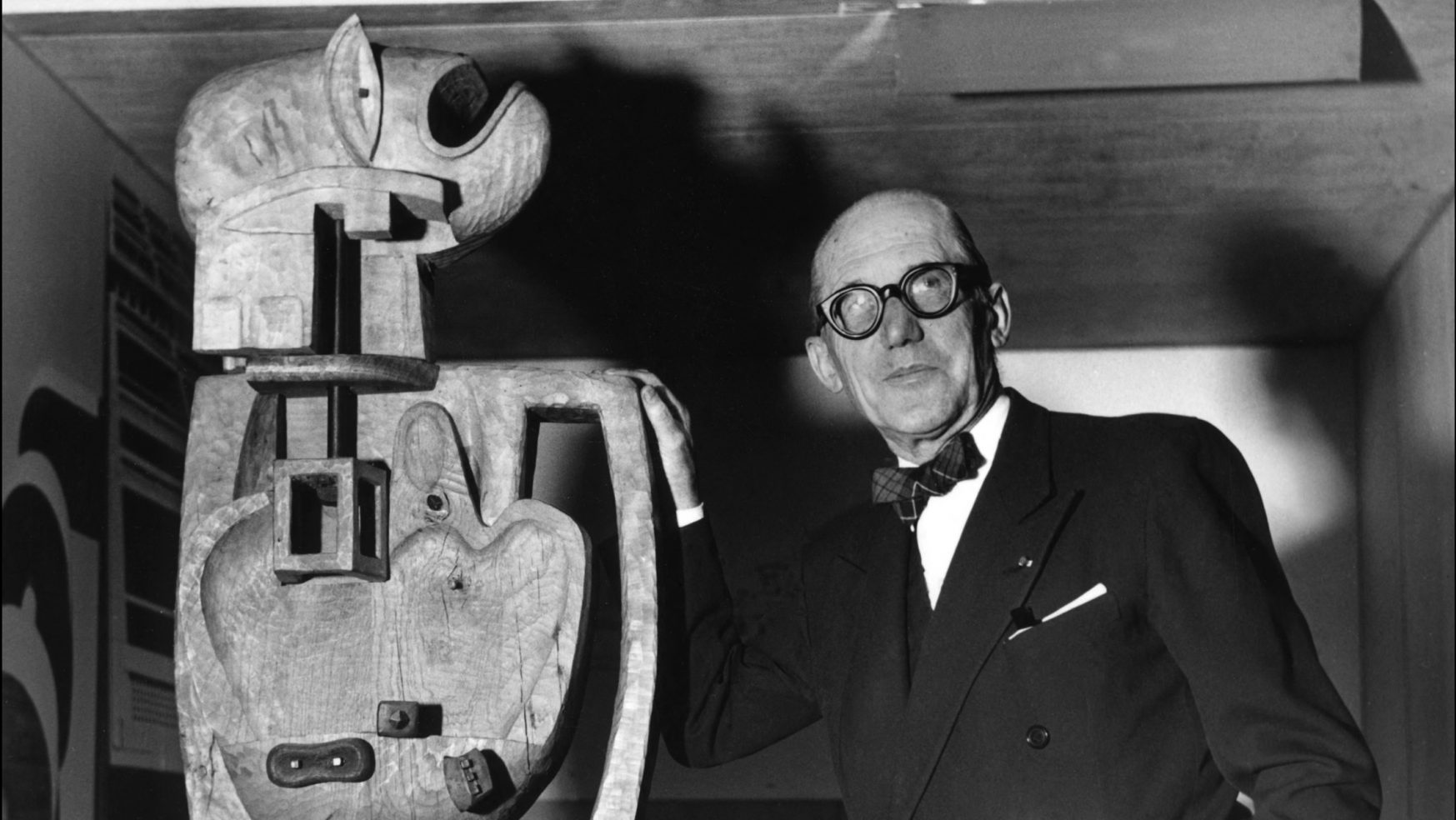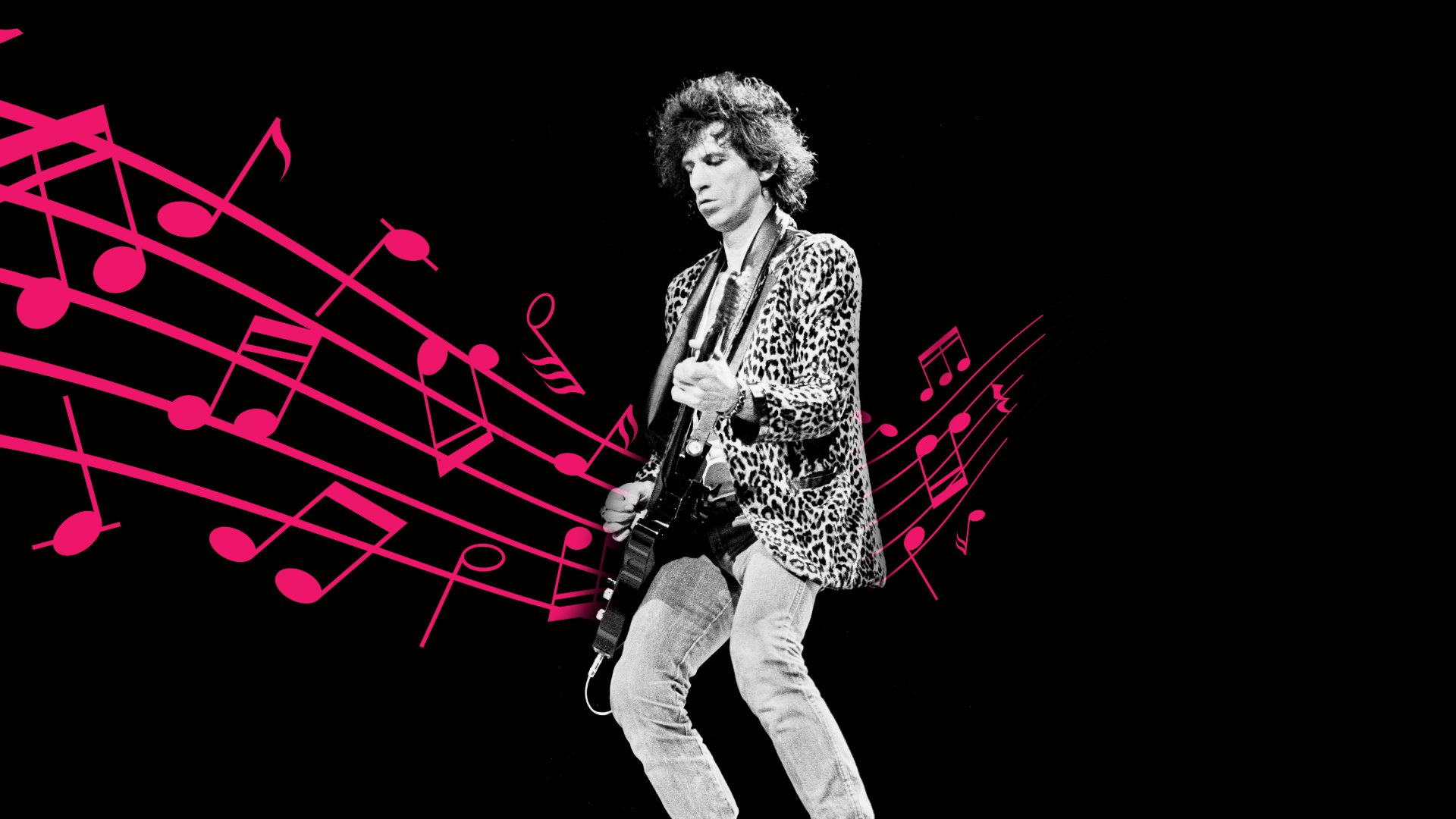If ever a specific date could be identified as the launchpad of the modern world, October 18, 1909 makes as good a candidate as any.
Late that Monday afternoon, the Comte de Lambert took off from Juvisy
airfield, south of Paris, in his Wright Model A, flew over the suburbs to the
city centre, circled the Eiffel Tower and headed back again, becoming the first pilot ever to fly an aircraft over a city.
On the ground, Paris came to a standstill. Every face turned skyward in wonder, including that of a bespectacled 22-year-old Swiss art student who would speak often of how the experience had changed his life.
“It was miraculous!” he wrote later. “It was mad! Our dreams then could turn into reality, however daring they might be.”
Charles-Édouard Jeanneret would later adopt the pseudonym Le Corbusier and revolutionise the 20th-century city. In the space of a few minutes, in the
gloaming of a Parisian autumn afternoon, a flying aristocrat and a watchmaker’s son set in motion a process that would release the western
world from the shackles of the previous century and haul it towards a future
worthy of the term.
“The airplane is the symbol of the new age,” Le Corbusier wrote in 1935, placing it “at the apex of the immense spirit of mechanical progress.”
Twenty years after his Parisian epiphany he travelled by aircraft for the first time, looked down at the urban landscape beneath and was further inspired to conjure new cityscapes.
“Fly over our 19th-century cities, over those immense sites strewn with row
after row of houses without hearts, furrowed with their canyons of soulless
streets,” he wrote. “Look down and judge for yourself… we now have proof
recorded on photographic plates of the rightness of our desire to alter methods of architecture and city planning. The aircraft instils, above all, a new conscience, the modern conscience. Cities with their misery must be torn down. They must be largely destroyed and fresh cities built.”
The legacy of his vision is everywhere. Seventeen of Le Corbusier’s buildings
are on Unesco’s World Heritage list, but the evidence of his influence goes way beyond those. City skylines of tower blocks, motorway networks, urban
plazas; everywhere you look today there are traces of Le Corbusier. The prevalence in construction of concrete, the no-frills, clean lines of the modern building, it all came from a man with the self-belief to disregard what came before and harness new technology to lead the world towards the third millennium.
When he insisted that “a house is a machine to live in” critics decried the
philistinism of a joyless, soulless philosophy, but Le Corbusier was attempting to harness modern engineering in order to create cities that gave their inhabitants dignity in a healthy environment. “Architecture only exists when there is poetic emotion,” he wrote.
Tower blocks on an unimaginable scale were intended to free up space on the ground for parks and other green spaces. Arriving in New York in 1935 to
a skyline of skyscrapers hailed as the embodiment of the metropolitan future, Le Corbusier dismissed them as “too small”, lamenting the “little needles all crowded together”. In their place, he said, there should be “great
obelisks, far apart”.
He thought on a massive scale. During the 1920s Le Corbusier published a radical proposal to demolish 600 acres of Paris’s Right Bank and start all over again. When Saint-Dié in north-eastern France was destroyed during the war he described it as “a splendid problem” in a letter to his mother.
Perhaps unsurprisingly, opportunities to carry out sweeping metropolitan
redesigns were rare. After the war, he was commissioned to help with the
reconstruction of Marseille and proposed a network of grand concrete buildings consisting of what he called unité d’habitation de grandeur conforme, modular housing units for which he designed everything down to the carpets and light fittings. He’d proposed 18 buildings, each housing 1,600 people, but in the end only one was built – the prototype of the tower block now familiar in cities all over the world.
The United Nations headquarters in New York is largely a Corbusier design,
while his most ambitious project was the centre of Chandigarh, the capital city of the Punjab, an early and eloquent symbol of a modern, independent India (to this day the city’s official seal is based on the open hand design the architect employed as a logo).
He had his critics. Le Corbusier’s cityscapes are austere and far from conventionally beautiful. The colours are uniformly drab. Concrete can
deteriorate and the tower block as a housing concept has been widely discredited. In addition, Le Corbusier was a flawed individual. There was an
early flirtation with fascism and commissions accepted from the collaborationist Vichy government in wartime France, but his defenders would argue that his vision was too large to be constrained by political ideology. If an opportunity presented itself to carry out his plans Le Corbusier would grab it, no matter who it was sliding the contract across the table. A “brazen opportunist”, one biographer called him, “what he was chasing was the commission”.
When they came, the commissions were usually spectacular. He designed the Esprit Nouveau Pavilion for the 1925 Paris International Exhibition of
Modern Decorative and Industrial Arts, the event that gave Art Deco its name. His 1931 Villa Savoye in Poissy is often cited as one of the finest examples of modernism, while in the curves of his Notre-Dame-du-Haut chapel at Ronchamp, built in 1954, are the roots of postmodernism.
An artist as well as an architect – he stepped away entirely from buildings for
four years as a young man to concentrate on painting – Le Corbusier also designed furniture and wrote a series of books. The architectural historian Tom Dyckhoff called him “a polymath who designed hospitals and motorways in the morning, painted Picasso-esque canvases in the afternoon, sculpted in the evening, and replanned Rio de Janeiro with his cocoa before he went to bed”.
Le Corbusier could also be distinctly odd. When his wife, Yvonne, died in 1957 he retrieved an intact vertebra from her ashes which he placed on his desk while working and carried around in his trouser pocket for the rest of his life. He developed a bizarre obsession with E-1027, the seafront villa in the south of France designed in 1927 by the Irish architect Eileen Gray, discrediting Gray, painting murals on the walls after her death and building a cabin next door that he used as a holiday home. When he died of a heart attack while swimming in the sea, it was in the waters beneath E-1027.
His legacy endures, however. His boundless ideas may never have been fully adopted, but the epiphany he experienced leaning out of his window that Paris day in 1909 watching the future flying over the rooftops unquestionably helped to change the modern world.
“A great era has begun,” he wrote in his 1923 collection of essays Toward an
Architecture. “There exists a new spirit.”




